
“What do you mean, two pedals?”
– a customer
Smooth cuts
You’re looking at a unique overdrive pedal – built with a twist. “Knives Out” is a dual overdrive pedal – but with a single set of controls. How come?
Well, imagine having two separate overdrives. One of them innately bassier and with higher gain than the other. Now imgagine connecting the two in parallel and mechanically coupling their controls. This, roughly, is what happens under the hood of “Knives Out”. Two separate circuits, one with more gain and low end – with coupled controls.
This arrangement helps achieve two things. Connecting the two circuits in parallel helps focus on the grain, the texture of the drive, rather than on maximising the gain. So if you’re looking for a “sustains for days and compresses your signal to hell and back” kinda pedal, this probably isn’t the one. But if you’re looking for an overdrive producing a tone that’s almost tangible – this just might be it. Another thing that the parallel arrangement helps achieve is having the benefits of boomy tone without losing the top-end sparkle, or having a warm tone without the risk of it turning too muddy. There’s always some high end sprinkled on on top of the bassy signal, and some low end backing up the treble.
The enclosure is made out of solid wood – and not just some generic, store-bought planks, but previously used and discarded boards. Meaning – dumpster rescuees I decided to give a second life to. My five cents in the “saving the planet” dicussion.
Your pedal can be powered with a regular guitar pedal power supply. It needs 9V, fed through a standard, centre-negative, 2.1 / 5.5mm jack. You can use up to 15 Volts to power it up. The more voltage you use, the more volume and headroom you’ll have at your disposal, at the price of a little more noise.
Here’s what it does:


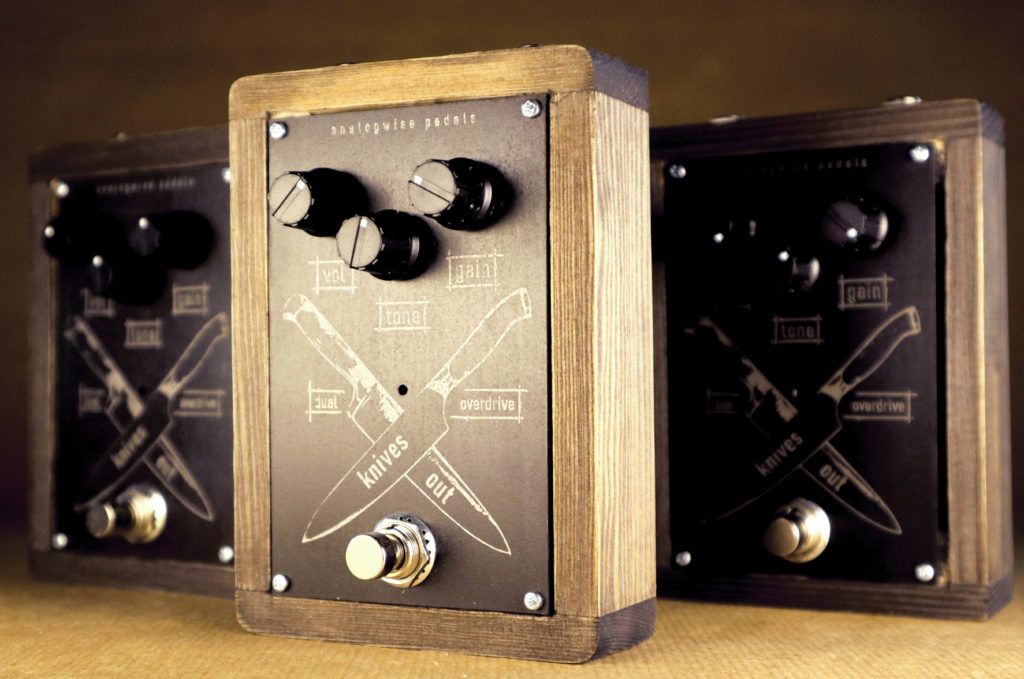
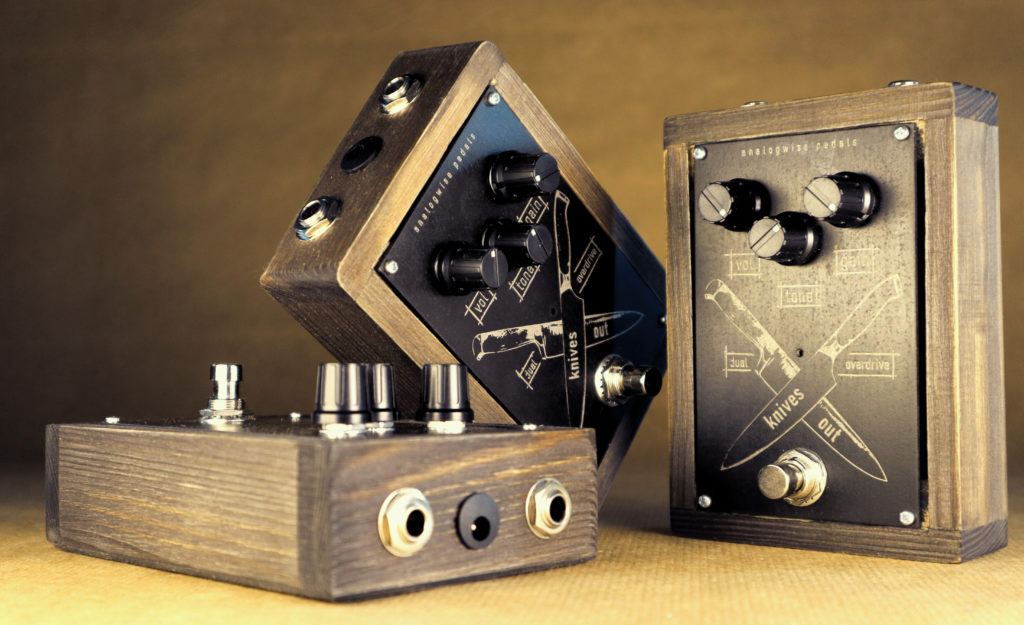
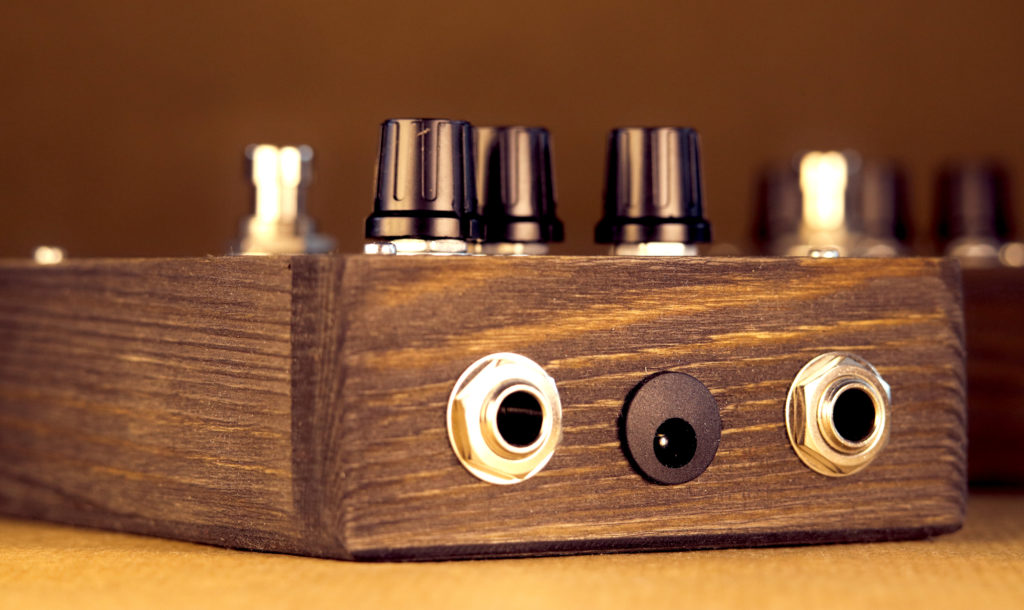
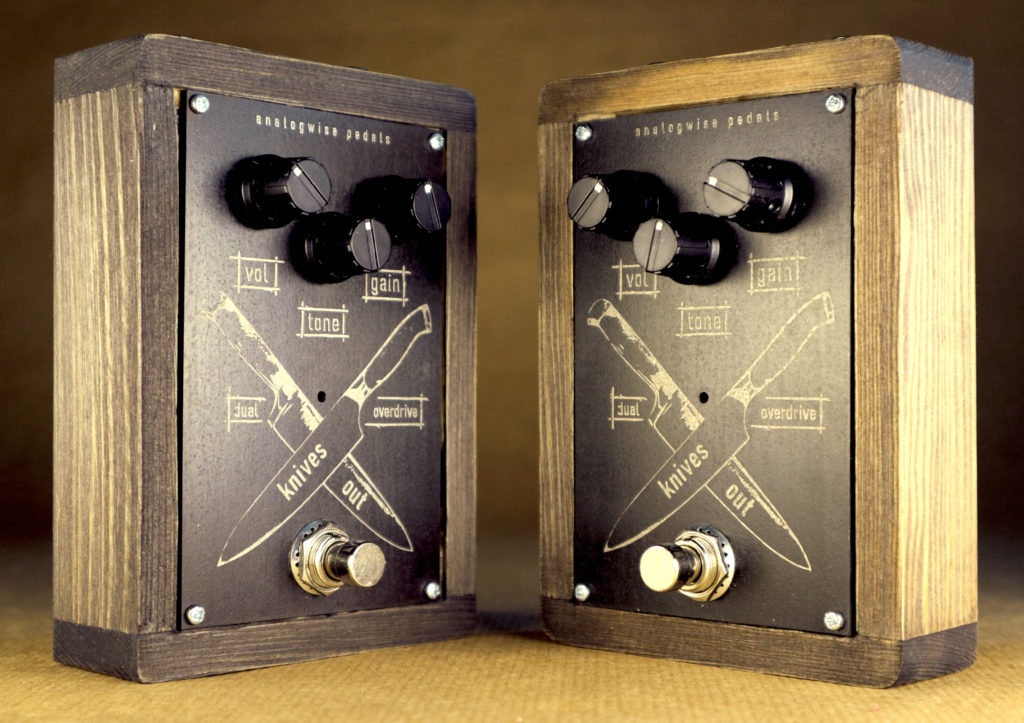
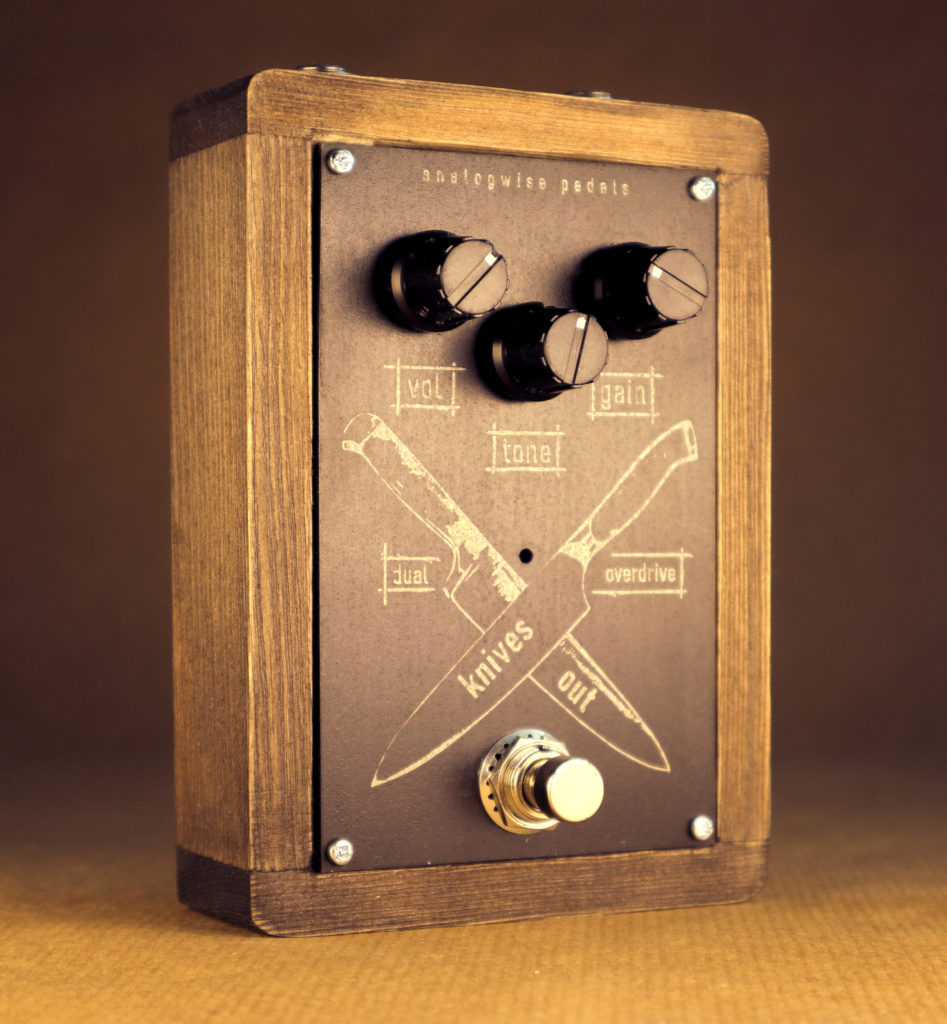
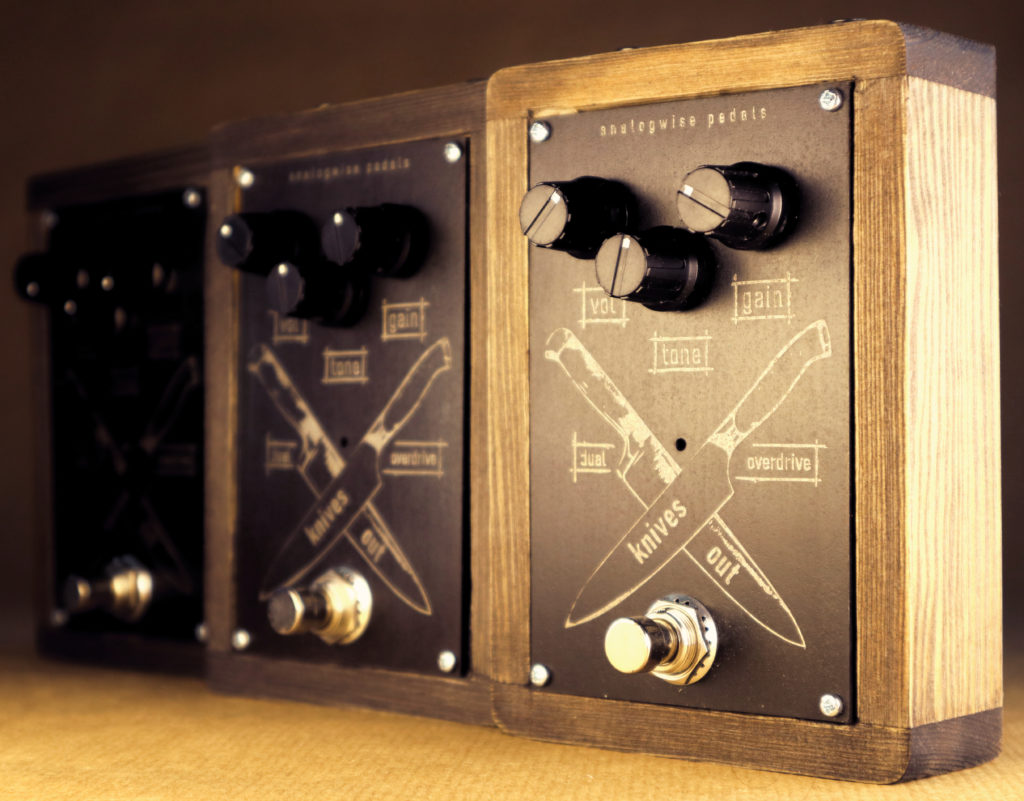
or place an order here:
